Sushi is perhaps the most well known Japanese dish. The word “sushi” refers to rice which has been seasoned and not raw fish as most commonly believed. Sliced fresh raw fish is called sashimi.
Japanese cuisine is the best in the world and for a while now Tokyo has been recognised as our world’s kitchen. For a foodie, Japan is definitely the place to visit. Many of us have an idea how to eat sushi, but the reality is, in Japan, things are being done completely differently. For example, before going to Japan, I didn’t know if I should tip, how to use my chopsticks properly, how to compliment the sushi chef and what things I should avoid doing with my food. Here are 26 tips to help you understand Japanese table manners.

Japan Rail Pass
The optimal way to explore Japan is with a rail pass that is available for durations of 7, 14, or 21 days, offering unlimited travel across the country. Shinkansen included!
1. I’m sure everyone does this, but for the sake of argument: when entering a restaurant it’s always nice to greet your host.
2. If you wish to observe how your food is prepared, you can ask to be seated at the sushi bar.
3. You can ask your sushi chef ( itamae ) directly to prepare your favourite type of sushi. The rest of items such as drinks or miso soup should still be ordered from the waiters.
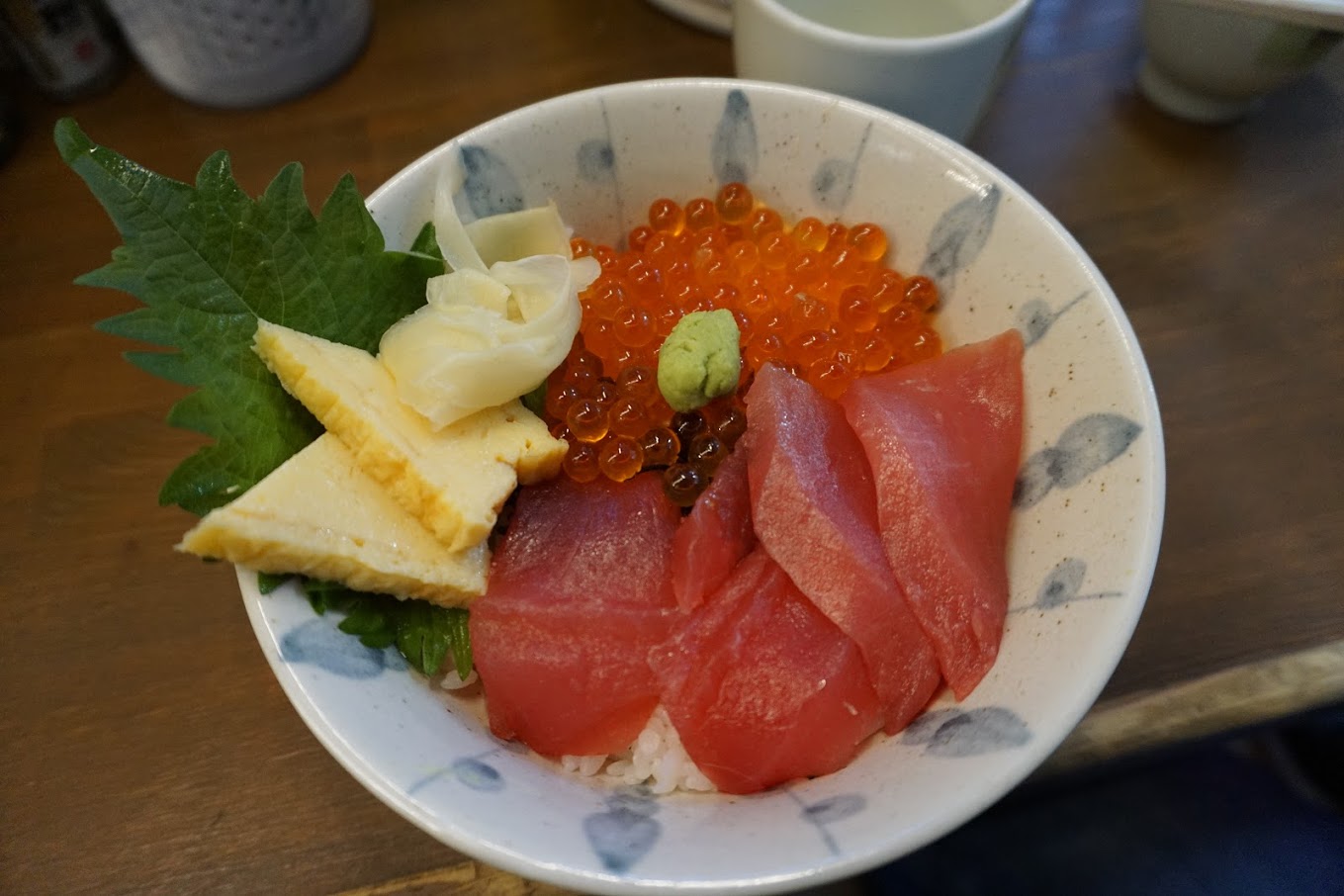
4. The sushi chef ( itamae ) may be very busy during peak times. Make sure you don’t disturb him if he’s unable to converse.
5. Upon arrival, you may be offered a hot wet towel called oshibori. Use it to wash your hands before meals. Do not use it to wipe your face! When you are done with it, roll it up the same way it’s been given to you and set it aside.
6. Never rub your chopsticks together as it’s a way of telling your chef his utensils are cheap.
7. Don’t pass on food from chopsticks to chopsticks.
8. Never stick your chopsticks upright into your rice. This is a reminder of funeral rituals.
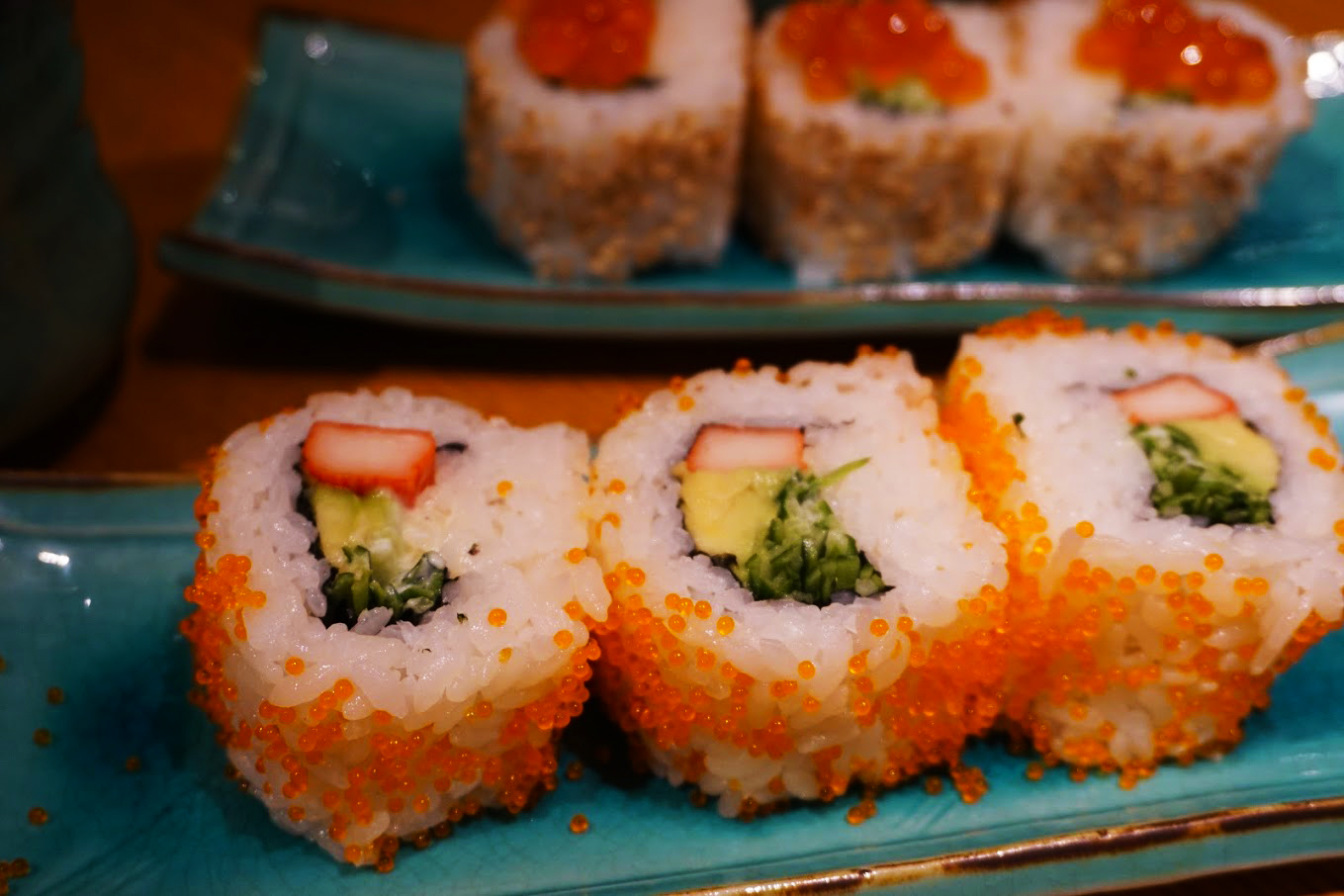
9. When you are done eating, place the chopsticks in parallel to your plate, on the holder provided. If a holder is not available, leave them on top of the soy sauce plate.
10. If you received your chopsticks wrapped in paper, make sure you always put them back after when you’ve finished eating. This is a nice gesture towards the waiters so they won’t have to touch the chopsticks you ate with.
11. Don’t put wasabi onto the soy sauce plate. Instead, pick up a small amount and place it directly onto the sushi rice, under the fresh fish.
12. NEVER mix wasabi into your soy sauce. This is considered bad manners in Japan.
13. Nigiri is often difficult to be eaten with chopsticks, its ok for you to eat it with your hands.
14. Never eat sashimi with your hands. Chopsticks only.
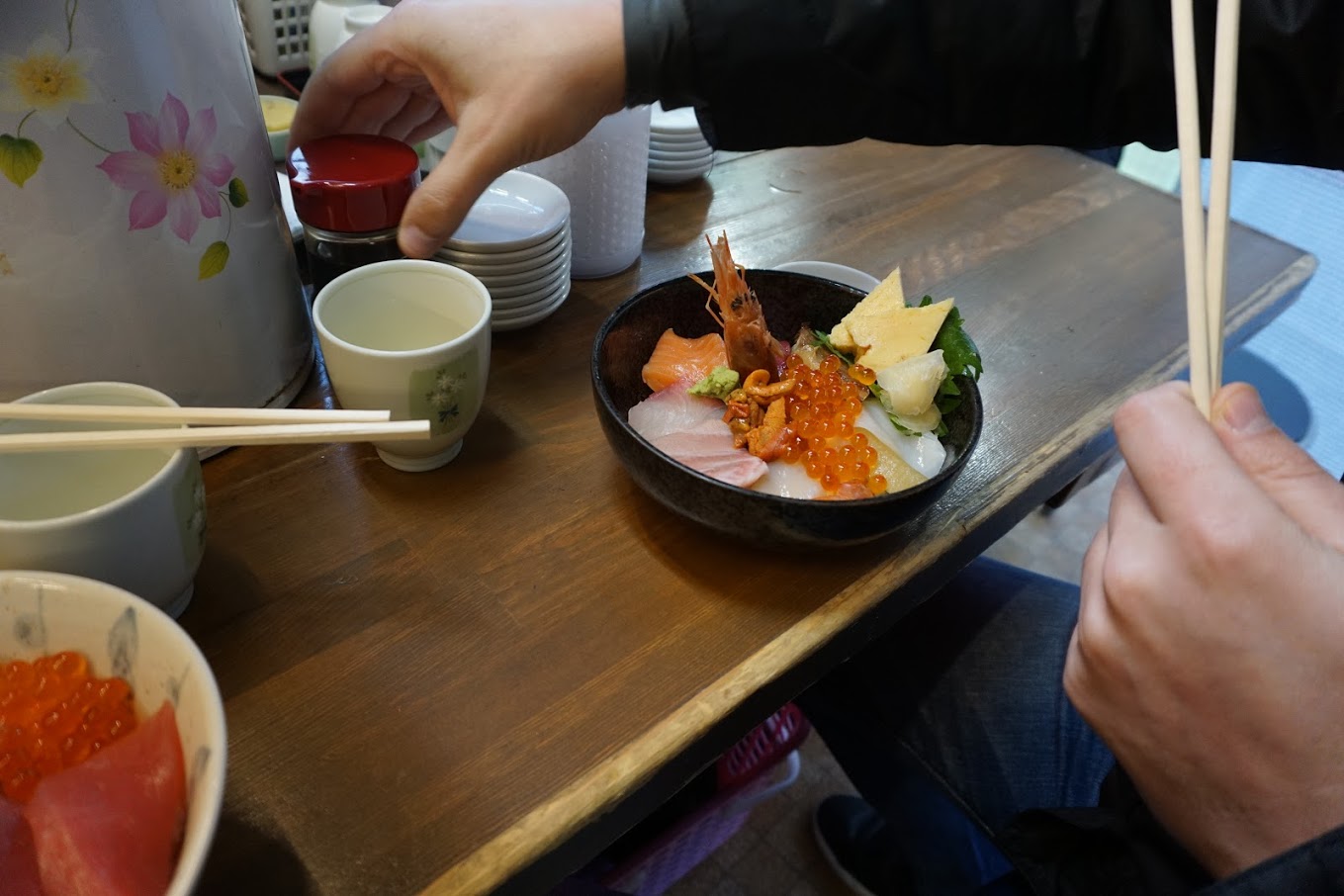
15. Sushi should be eaten in one bite. Don’t cut a sushi into pieces, it’s like cutting the chef into two. If the nigiri is too big, ask the itamae to make them smaller.
16. You don’t dip the sushi rice into soy sauce. Tilt the sushi fish-down to apply only a hint of soy sauce. Place the sushi on your tongue fish-down as well. This way, you get the full flavours and freshness of the fish. Remember that all respectable Japanese restaurants go to great lengths to serve you fresh fish bought from Tsukiji Market.
17. Gari (pickled ginger) is considered a palate cleanser. It’s used between different types of sushi and should only be eaten on its own.
18. If you can’t see a spoon around when you receive your miso soup, simply pick up the bowl and sip from it.
19. You should not drink sake with rice, sorry sake lovers. Sake is usually drunk before or after meals or with sashimi only.
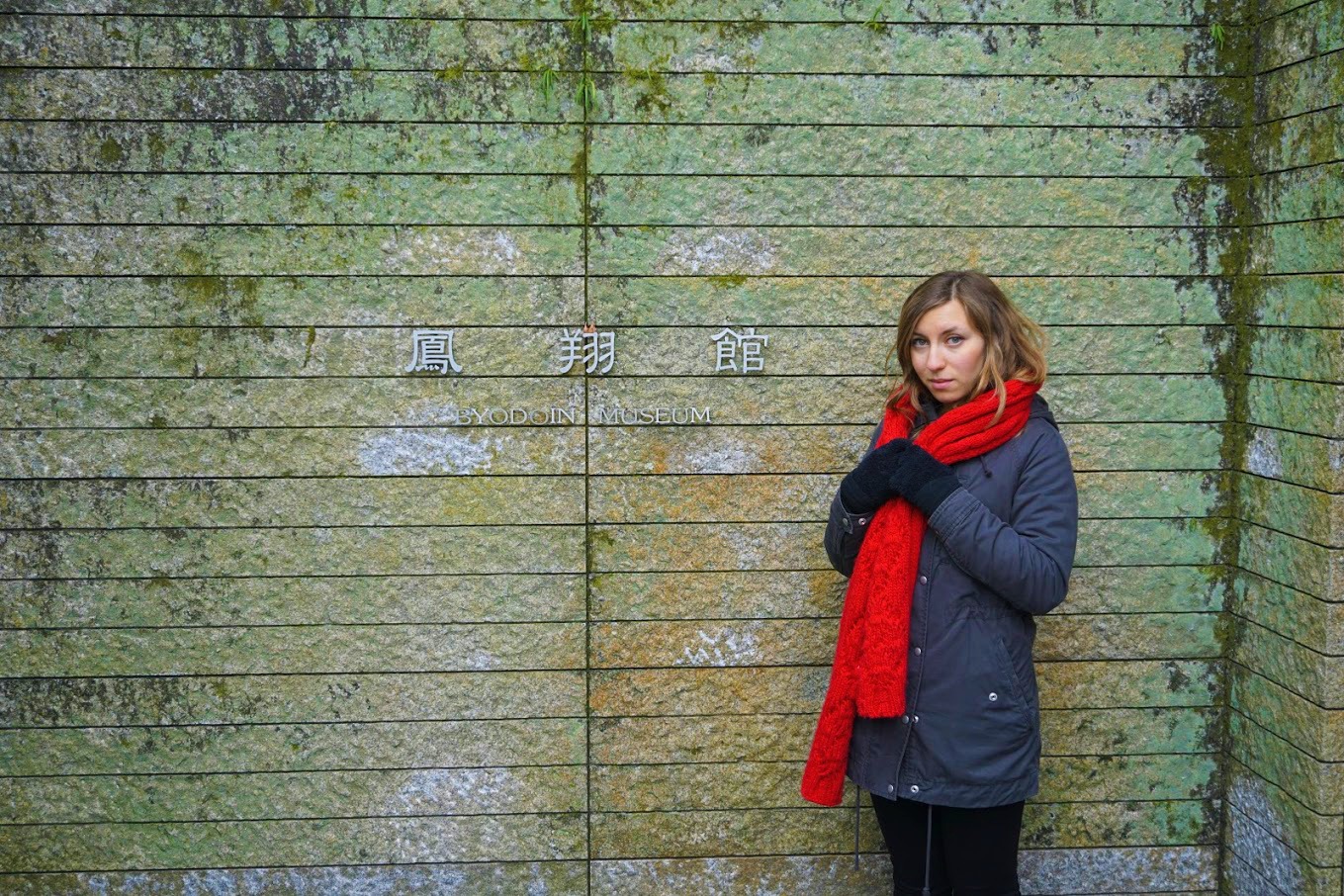
20. It is not customary in Japan to pour your own drink. You should pour your companion’s drinks and they should do the same for you.
21. Don’t say chin-chin when toasting a glass of booze. Say “Kanpai!” which means to empty one’s glass. In Japan, chin-chin is referred to a man’s private parts.
22. It is not customary to tip in Japan. However, if you really liked your food and you were sat at the sushi bar, you can tip the itamae. There is usually a special jar next to the bar for this very purpose. If you can’t find any jars around, buy your itamae some sake, and down it together. Kanpai!
23. Don’t leave tips in Japan as you might make people really confused. They will likely run after you think you forgot your change.
24. Japan has the best service in the world. You too are expected to respect others and treat your hosts accordingly.
25. If you are sat at the sushi bar, it is polite to thank your itamae directly. You can say “ Domo arigato”. It essentially means “thank you for the meal”.
26. You can praise the sushi rice made by your chef. The itamae spent a lot of time crafting the perfect rice to go with the fresh fish.
I hope you found the above tips useful. Did I forget something? Share your tips in the comment section below.

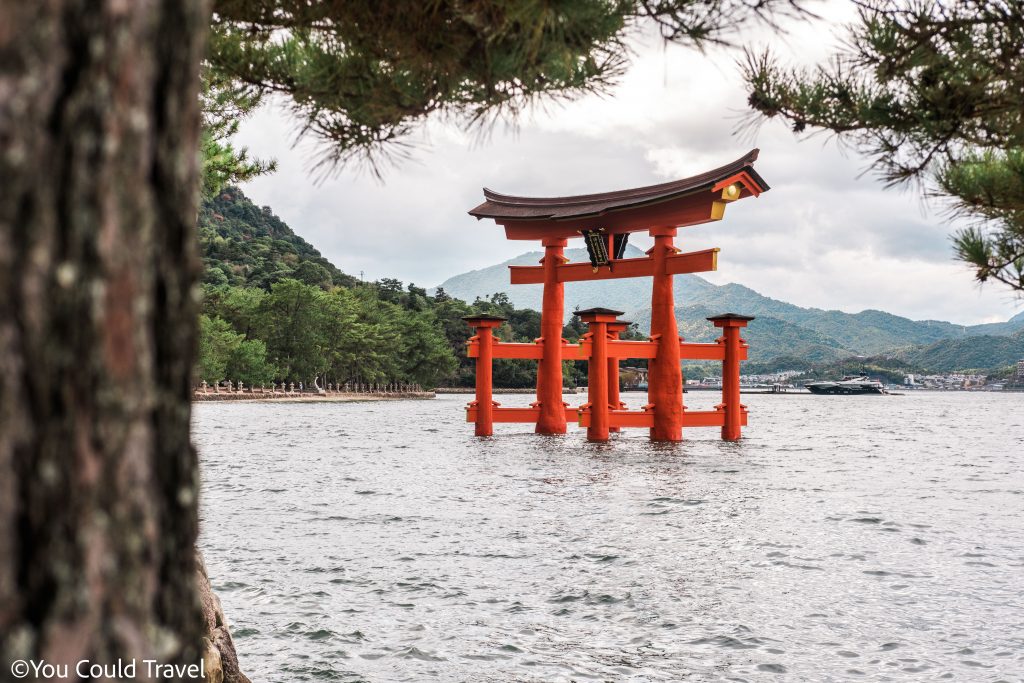



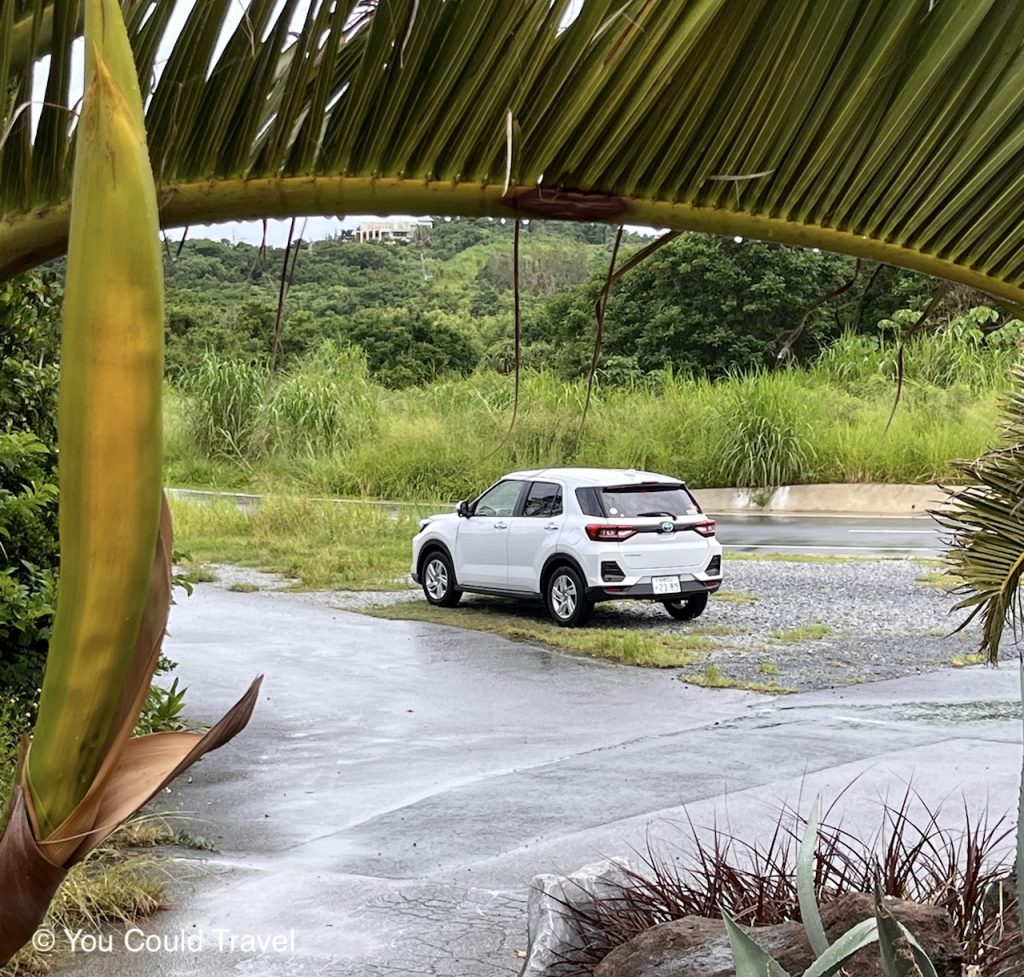



Leave a Reply